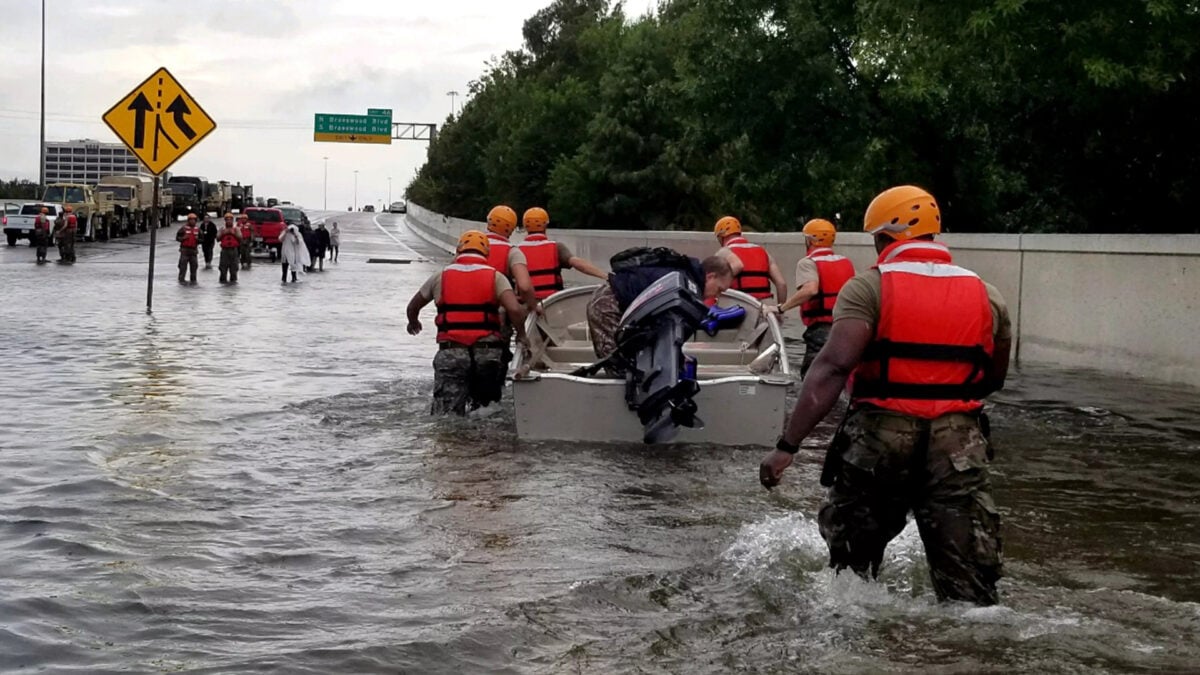In October 2012, Superstorm Sandy hit New York City, flooding large areas of downtown Manhattan and leaving approximately 2 million people without power and heat. The storm also caused damage to tens of thousands of homes. This event occurred after a sweltering summer in the city, which experienced a series of heat waves that reached nearly 100 degrees.
For pregnant individuals who endured these extreme conditions, the experience may have had a lasting impact on their children’s brain development. A new study published in the peer-reviewed journal PLOS One found that children whose mothers lived through Superstorm Sandy had distinct brain differences that could affect their emotional development. The study, which used MRI scans, discovered that the effects were more pronounced when mothers were exposed to extreme heat during their pregnancy, in addition to the storm.
According to Donato DeIngeniis, the lead author of the study and a doctoral student in neuropsychology at the CUNY Graduate Center, “It’s not just one climate stressor or one isolated event, but rather a combination of everything.” DeIngeniis’ study is the first to examine the joint effects of natural disasters and extreme heat, which often coincide. Scientists have dubbed summer “danger season” due to the increased risks of heat, hurricanes, wildfires, and toxic smoke during this time. Furthermore, summertime temperatures continue to rise to new heights.
The study analyzed brain imaging data from 34 children, approximately 8 years old, whose mothers were pregnant during Superstorm Sandy. Some of these mothers were pregnant when the storm made landfall, while others were exposed to heat of 95 degrees F or higher during their pregnancy. Although the researchers found that heat alone had a minimal impact, living through Superstorm Sandy led to an increase in the volume of the basal ganglia, a part of the brain responsible for regulating emotions.
While this larger size could be a compensatory response to stress, changes in the basal ganglia have been linked to behavioral challenges in children, such as depression and autism, according to DeIngeniis.
Duke Shereen, a co-author of the study and the director of the MRI facility at CUNY Graduate Center, stated, “What we are seeing is compelling evidence that the climate crisis is not just an environmental emergency, it is potentially a neurological one with consequences for future generations who will inherit our planet.” Global warming contributed to the damage caused by Superstorm Sandy due to rising sea levels and higher ocean temperatures, which may have increased its rainfall.
Yoko Nomura, a co-author of the study and a psychology professor at Queens College, CUNY, noted that the period before birth is “very, very sensitive” for development, as the fetus’ body is undergoing rapid changes. The human brain grows rapidly in the womb, reaching more than a third of its full adult volume before birth, according to the study. Any added stress during this time, even if small, “can have a much bigger impact,” Nomura said.
However, this sensitive period also presents a window of opportunity. Lindsey Burghardt, chief science officer at the Center on the Developing Child at Harvard University, stated, “Developmental science, including the science in this paper, is exciting because it not only tells us what we can do to protect children from the effects of climate change, but it also tells us when we can step in to protect children to make the greatest difference.”
Although there is evidence that prenatal stress can affect child brain development, research on climate-related stress is limited. DeIngeniis noted that this field has the potential for “explosive growth.” Jennifer Barkin, a professor at Mercer University School of Medicine in Macon, Georgia, who is studying the effects of last year’s Hurricane Helene on maternal health, said that DeIngeniis’ study provides concrete evidence of how climate-charged events can affect the brain.
Barkin developed an index for measuring maternal health after childbirth and stated that people are beginning to pay more attention to mothers and their mental health, not just in terms of delivering a healthy baby, but over the long term. “We tend to focus on the child’s outcome, which is important, but to keep the child healthy, the mother has to be healthy, too,” she said. “Because when Mom’s struggling, the family’s going to struggle.”
This article originally appeared in Grist at https://grist.org/health/climate-disaster-baby-research-brain-development/. Grist is a nonprofit, independent media organization dedicated to telling stories of climate solutions and a just future. Learn more at Grist.org.
Source Link



